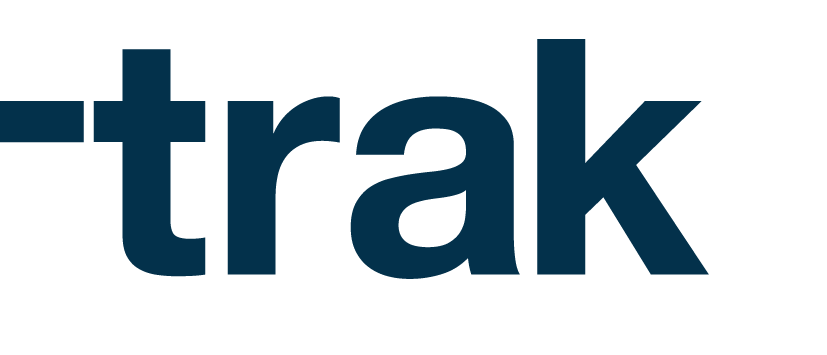How would you describe ‘Maker’?
Bihter Çelik: Can we say that Maker is one’s ability to be able to self-produce without any or with less need for depending on a discipline?
Dilara Kara: In my opinion, maker and technology are put together. Because for example, is maker a grandmother who stitches felt to make a phone case? No. So that’s exactly the reason why I think that Maker is the scrabbler who is trying to get back and realize some lost skills in the modern life within the new technologies.
Bihter Çelik: Although I agree with this definition in general, according to me, technology is not an essential tool for Maker.
With the neoliberal city life, we, the human beings, close our eyes and let some of our key muscles, that we need for our survival skills, to get weakened as long as in return we get services to feed our progressing needs. So for me, Maker is becoming the self-producer when there is no service answering to the need. In the meantime, both the new technologies and the abandoned primitive tools/ methods can be used.
In addition, I see some of us attempting to get back the weakened msucles back on behalf of the balance.
As a conclusion to both situations we can say that maker is the person whose perception and interpretation of its own environment muscles are being built.
If we enframe ‘Maker’ such that, then where does Maker stand in architecture? Who is the Maker architect?
Bihter Çelik: Briefly, this situation of both being an architect and being called a maker can be defined as being someone who prefers to self-produce by using different perception and solution muscles instead of using the existing standard solution methods and perceptions.
But maybe the main question should be: We, the group of people coming from architecture formation, have been interpreting the environment a bit different from the mainstream and people started to call us “maker”. But the question is why and when people started to characterize and call us such that?
Dilara Kara: It is inevitable to tend towards searching for new production types concerning the actual erupted crisis periods. Wars, immigration crisis, natural disasters, economical crisis ..etc. Then comes out people’s ambition to resist against the actual production conjuncture. Just as we have seen the tendency towards social architects from starchitects in other words towards“alternative architecture”, we can say that the tendency towards maker movement increased by those kind of crisis.
Bihter Çelik: At the end of the day, there have always been those kind of alternative producers but can we say that they are newly gathered and named under a title? Or re-named/gathered once more under this title… Today those people who are so called as maker didn’t show up out of nowhere, they have always been there. Maybe they just didn’t have the need to make their self-marketing as alternative producers; but the rise of a need to explain those characteristics to the mass made them create new definitions ,“titles” and this is where Maker revealed.
As in our social life we use adjectives to describe ourselves, use hashtags while explaining and grouping our works on social media, our actual world is also in need of classifications, titles and labelings.
On the other hand, Maker is and can not be a restricting title to describe itself as all the other titles do. According to me this is its most positive side. On the contrary of restriction, it strengthens the existence of reactive groups by pointing out their majority and disorder.
Dilara Kara: I totally agree on that. I wouldn’t mind if they would call me a social architect but if one day I need to make a project such as designing a skyscraper for a high-income group would I be criticized like “oh where is your social-architect side” ? According to me that kind of criticism should not exist as in all kind of circumstances I would create my work regarding ”Good Architect” principles. I think, social architect title defines a person who puts that “social” character in every piece of work created. If my client is from a high-income group then I would be supporting my standpoint by creating spatial equalities. It seems like I changed th subject from maker to social.
Bihter Çelik: No, in fact you did good by changing it; you are describing your work as social architecture meanwhile another person comes up by describing your project management and your work scale as maker. This is exactly what we are trying to clarify. This title is assigned subsequently to our ongoing projects. By saying it aloud, it becomes a seminal title for new intentions. The more we use this title, the more our actual work is being interrogated. People wants to make a clear description. Descriptions become more restrictive and/or get
sub-branches when we find their dictionary meanings or wikipedia webpages. This description is helpful for whatever we will see. Because maker movement will never be a mass production. It will always be messy and will be starting from a small scale. And especially being entitled, at the starting point, will make it come out when the benefit coefficient is at its highest level.
Dilara Kara:Exactly. We are creating architecture by aiming user’s ownage, by giving priority to its relationship with the user and just because I do it with my hands, by being on the field, by finding new technical solutions etc., you are entitling me as a “maker” then I assume that you are just adding a new title to all the things that I am creating on behalf of architecture. In fact this is my vision on how I work but you call me a maker. Whilst the other one calls me a social architect whereas this is architecture itself according to me.
In a nutshell, I think maker is creating alternatives to the production policy which is downgraded to a single level by the system. If as an architect I don’t have enough knowledge, then I have to be in accord with everything the craftsman tells me to do but if I have enough knowledge then I can create new alternative solutions and this is when I become a maker architect.
Bihter Çelik: To sum up, we can say that: Making mass production without being obliged to anywhere, it can either be a construction or a product…
Being many in quantity is not for the people but to support to system. World found a new title, a new label and calls it making for all the things that stand against this situation. Whatever is called as this label, whoever stands under this title, I wonder all the work done by them and I would like to track them. I see maker as a helper title which supports us to search for those pieces of work as before this title I was feeling more lonely on my resistance against the mass. Seeing the designers creating food, useful products or systems for the ones in need on war fields that I could never reach, gives me strength. Every anarchy that stays in power for a long time, becomes the system itself. Everything that does not have an augmenting economical outcome will be named such that. All including experiment, not band system but atelier style. In every nook and cranny, all despised because of not being “clean”, all being swept under the carpet because of tickling the mass… And when the day comes where the number of those people will augment unquestioningly, – who knows it is maybe close-, we will get today’s powering matter of facts under the knife…
Who are we?
Dilara Kara ve Bihter Çelik, two architects. They managed together the first project of Re-Lab, “Boğada”. In Summer 2017, they participated to 10th gathering of Arquitecturas Colectivas together on behalf of Herkes için Mimarlık and –trak, in Canarian Islands. They are still standing close to each other to continue producing and thinking…




Leave a Reply